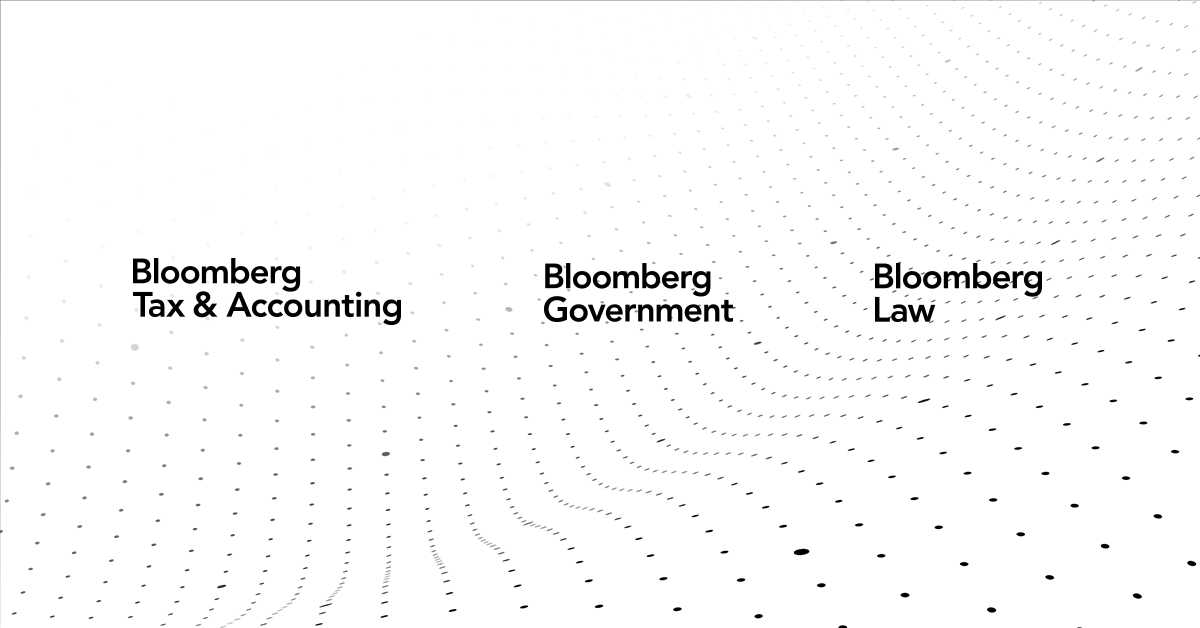San Antonio real estate market forecast to be among best in U.S.

SAN ANTONIO — San Antonio is considered the top market for homebuilding prospects heading in the new year, according to a recent real estate industry report, speaking to investors’ confidence in the Alamo City.
In the same report, Emerging Trends in Real Estate for 2023 by the Urban Land Institute and PricewaterhouseCoopers, San Antonio rebounded in the overall annual ranking of the hottest real estate markets to No. 12 after dropping from that spot to No. 21 in last year’s rankings. In Texas, San Antonio is ranked overall behind Dallas-Fort Worth at No. 2 and Austin at No. 4.
The other markets ahead of San Antonio in the overall rankings are Nashville, Tenn.; Atlanta; Tampa-St. Petersburg, Fla.; Raleigh-Durham, N.C.; Miami; Boston; Phoenix; Charlotte, N.C.; and San Diego. San Antonio is ranked ahead of Houston at No. 14, as well as Orlando, Fla.; northern New Jersey; Denver; and Seattle
To generate the rankings, the ULI and PwC interviewed and surveyed roughly 2,000 real estate executives about homebuilding; local public and private investment; debt and equity capital access; and buy, hold or sell recommendations for office, retail and hotel properties.
On ExpressNews.com: Hitting a wall: San Antonio housing market slowing as inflation, rates and prices keep climbing
San Antonio is part of a group of “magnet” Sun Belt cities with expanding populations that are attracting more businesses and jobs, according to the report.
While prices and rents are rising, housing remains relatively affordable in those markets, which have also rebounded more quickly from the effects of the COVID-19 pandemic.
“Everyone still likes the hot Sun Belt markets,” the authors of the report wrote.
But there are “growing pains” for those cities, which have seen an influx of people, soaring housing costs, more congestion and mounting pressure on infrastructure during the pandemic, they said.
San Antonio was also among the 23 largest data center markets in the U.S. based on power used.
The data center property segment is “more resilient in the face of economic downturns” because demand has swelled in recent years due to technology use and cloud migration, the report’s authors wrote.
In buy/hold/sell rankings, 49 percent of those surveyed suggested San Antonio hotels as a hold, 30 percent as a buy and 21 percent as a sell.
For local retail properties, 41 percent recommended a hold, 36 percent a buy and 23 percent a sell. For offices, 44 percent suggested a hold, 29 percent a buy and 27 percent a sell.
The city fell between “average” and “strong” on scales for local public and private investment and availability of debt and equity capital.
On ExpressNews.com: Rents rose fastest in these San Antonio areas since pandemic began. But growth rates slowing.
The real estate industry broadly has begun “normalizing” after a year and a half of price and rent growth and low vacancy rates, according to the report.
Increasing interest rates have cooled investors’ interest in real estate.
“As we enter 2023, the pandemic-driven factors that upended the global economy for more than two years are starting to fade,” said Anita Kramer, senior vice president of the ULI’s Center for Real Estate Economics and Capital Markets, in a statement. “At the same time, structural changes like the widespread adoption of remote work will likely continue to inform investor behavior.”
Though the housing market is cooling, costs remain too high and demand is outpacing supply. Climate change is also influencing where people are moving and how buildings are constructed and rehabilitated.
Companies are re-evaluating offices and downsizing, opting not to renew leases or subleasing space, though “a mass departure from office buildings is unlikely,” the report notes.
“A series of long-term factors such as the rising cost of housing, increased climate risk, and declining socioeconomic mobility pose continued uncertainty for the private and public sectors alike,” Kramer said. “There are also opportunities. The increase in federal infrastructure spending provides the chance to create greener and more equitable communities that can adapt to these challenges.”






